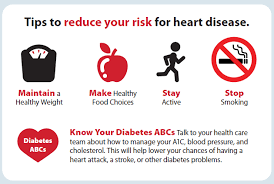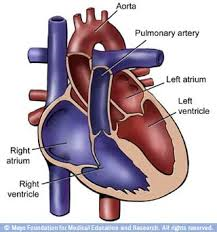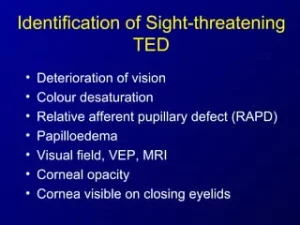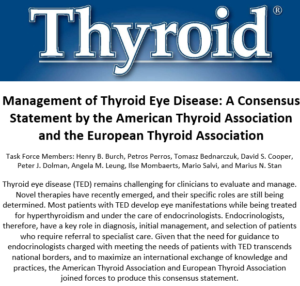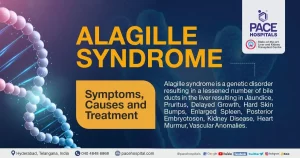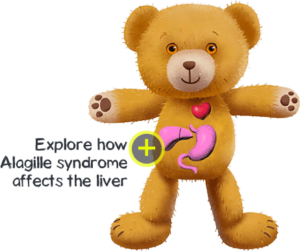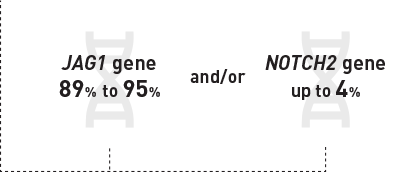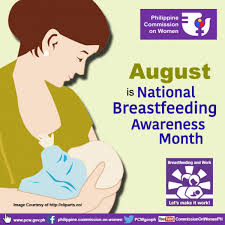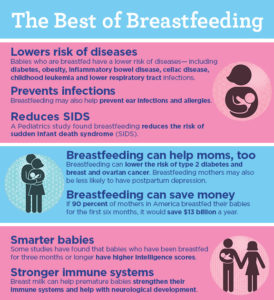1-Heart Disease
It is still the number one killer even greater than cancer in both men and women today. This disease should be rare do to a lot of cardiac disease is inflicted upon humans through being overweight through just bad healthy habits practiced. Obesity can cause diabetes II, heart disease, high blood pressure, and more. High blood pressure is called the “silent killer” because it often has no warning signs or symptoms, and many people don’t realize they have it. That’s why it’s important to get your blood pressure checked regularly. The good news is that you can take steps to prevent high blood pressure, or to treat it if it is already high.
What we can do is make some changes in our living. We westerners create an increase in diabetes, heart disease and some cancers. AMERICA WE NEED TO WAKE UP AND MAKE A CHANGE. TO THE MAIN CULPRITES we are talking about sugars and fat (OUR DIET). GLUCOSE and LIPIDS!. The typical American diet is consisted and loaded with sugar and fats. Lack of exercise and stress doesn’t help the situation. Get peace of mind through again making changes in your life if you are striving to become healthier. Let’s look at cholesterol = 2 types HDL and LDL. LDL is the bad cholesterol. Know if your LDL is type A or type B. If you have a high HDL level and a low LDL that is good but ask your doctor to see if you can get a blood test checking both type A and type B of your cholesterol that will give you the knowledge if you need to take an action. Go to CDC.org to see the different number ranges of both men and women on their levels and more. Just knowing your cholesterol level isn’t enough but does give the doctor some direction. Knowing if your type A or type B LDL helps even more with knowing your risk of heart disease.
Cholesterol only becomes a problem if the LDL gets too high with high pattern type B which is worse with stress and smoking and processed foods in high amounts eaten. Particles called lipoproteins carry cholesterol in the blood. There are two kinds of lipoproteins you need to know about: LDL and HDL. The plasma lipoprotein particles classified under high-density (HDL) and low-density (LDL) lipoproteins enable fats to be carried in the blood stream.
-Low-density lipoproteins (LDL) cholesterol make up the majority of the body’s cholesterol. LDL is known as “bad” cholesterol because having high levels can lead to a buildup in the arteries and result in heart disease.
-High-density lipoproteins (HDL) cholesterol absorb cholesterol and carry it back to the liver, which flushes it from the body. High levels of HDL, or “good” cholesterol, reduce the risk of heart disease and stroke.
Apolipoprotein A1 (apoA1) is the major protein of high-density lipoprotein (HDL), and apoB is among the major proteins of very low-, low- (LDL), and intermediate-density lipoproteins. Because of their associations with the respective lipoproteins, apoA1 is inversely and apoB is positively associated with cardiovascular risk (2). In fact, evidence suggests that apoA1 and apoB are better predictors of heart disease risk than are HDL and LDL cholesterol levels (3-5). Apolipoproteins may also offer advantages over lipoprotein cholesterol measurements because they are direct measurements, whereas LDL, for example, is calculated from other lipoproteins from a fasting blood sample.
You can take several steps to maintain a normal cholesterol level.
- Get a blood test.
- Eat a healthy diet.
- Maintain a healthy weight.
- Exercise regularly.
- Don’t smoke.
- Treat high cholesterol.
Heart disease what is it? Your arteries can get stretched in high blood pressure and it puts the arteries at risk for an auto immune response which allows LDL particles to go in these stretched out areas causing build up of bad cholesterol in the arteries and imbeds fat causing the placque build up = narrowing of the arteries.
We need to reduce inflammation in the arteries. To prevent, reduce, and treat heart
Heart disease what is it? Your arteries can get stretched in high blood pressure and it puts the arteries at risk for an auto immune response which allows LDL particles to go in these stretched out areas causing build up of bad cholesterol in the arteries and imbeds fat causing the placque build up = narrowing of the arteries.
We need to reduce inflammation in the arteries. To prevent, reduce, and treat heart disease if already diagnosed with. Reduce all sugars, cut back on fatty foods, exercise daily, increase of your whole grains, fresh fruits, and vegetables. We need to use all 4 food groups but eat the healthy ones in the right portions. Which I can provide to you later how to go about this.
disease if already diagnosed with. Reduce all sugars, cut back on fatty foods, exercise daily, increase of your whole grains, fresh fruits, and vegetables. We need to use all 4 food groups but eat the healthy ones in the right portions. Which I can provide to you later how to go about this.
In the United States, the most common type of heart disease is coronary artery disease (CAD), which leads many to heart attacks. You can greatly reduce your risk for CAD through lifestyle changes and, in some cases, medication. CAD consists of cholesterol and placque build up, even tar if a smoker, that can be deadly in time with blocking the arteries called atherosclerosis. This in time left untreated can lead to a heart attack or even silent heart attack. CAD also is the brittling of the arteries causing narrowing of the arteries called arteriosclerosis. Here it is the ending result is the blood supply is affected in not getting enough oxygen throughout our body to our tissues.
Coronary artery disease can cause a heart attack. If you have a heart attack, you are more likely to survive if you know the signs and symptoms, call 9-1-1 immediately, and get to a hospital quickly. People who have had a heart attack can also reduce the risk of future heart attacks or strokes by making lifestyle changes and taking medication. Don’t put off the chest pain or discomfort in the chest or pain down the L arm for if your right you want to prevent the heart attack before it occurs and if you already had an attack the sooner treated the better. Reperfusion of blood to the heart is the KEY in treatment. Chest pain to the heart is lack of oxygen getting to the heart tissue=ischemia. We alone can’t treat it but we can prevent it before CAD even sets in through good health practices daily, healthy dieting daily and balancing rest with exercise daily.
Look at our diet alone in America: Take the elements that are in our food=Sugars or Carbohydrates or Fats. Simple CHO likes bread, rice, pasta along with fats and complex sugars all convert to simple sugars in the stomach and when it goes through digestion and the simple sugar reaches the blood stream filling it up with sugar which first does get utilized to our tissues and cells but if still extra sugar in the blood stream that sugar has to go somewhere which is by filling up the liver with it. In the liver the glucose gets converted from active sugar=glucose to glycogen=inactive sugar that stores in this organ. This is so if and when the body needs extra sugar for energy in our body and we don’t eat the inactive glucose glycogen will get released back into the blood stream and change to glucose and be used. Since we eat so much in America it usually isn’t the case. Obesity is so large in our country and this is why. When it reaches full and can’t store anymore still this glucose extra glucose in the blood stream has to go somewhere. So now the glucose gets stored in our fatty tissue=weight gain. This is what you see with eating through on a regular basis day in & day out too much food compared to the activity or exercise you get for the day. If no daily exercise then your fat storage build up is high=weight gain.
How do we go about preventing CAD and getting healther. Well see if this makes sense to you, it did to me. First, genetic abnormalities contribute to the risk for certain types of heart disease, which in turn may lead to heart failure. However, in most instances, a specific genetic link to heart failure has not been identified.
SO THE KEY TO PREVENTION OF CAD IS TO LIVE AS HEALTHY AS POSSIBLE IN YOUR ROUTINE HABITS, YOUR DIETING OF THE 4 FOOD GROUPS, MAINTAINING YOUR WEIGHT IN A THEREPEUTIC RANGE (look as calculating BMI online for free to find out what your weight range for your height is), and BALANCING REST WITH EXERCISE TO HELP DECREASE THE CHANCE OF GETTING HEART FAILURE.
